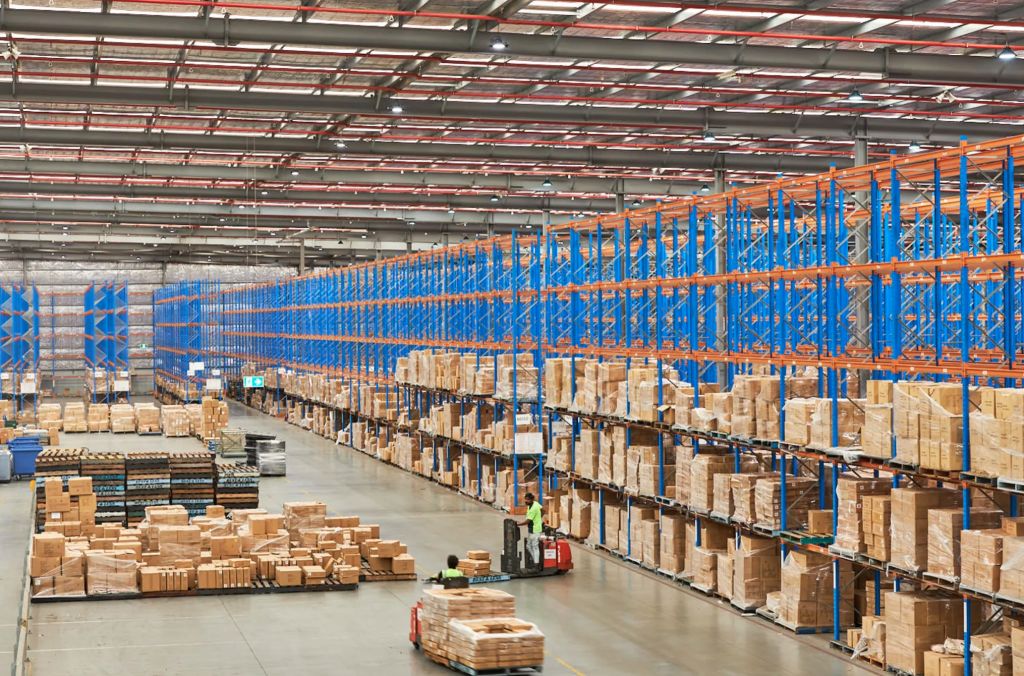
New Victorian land release to create more warehouses, but could come at a cost
Victoria’s industrial real estate industry has welcomed news that more than 5800 hectares of land will be released across the state for the construction of new factories and warehouses.
The state government expects the 10-year plan will create 100,000 new jobs and generate $9.5 billion in new investment.
However, there are concerns that the massive land release will undermine the progress made in reducing carbon emissions, favour large enterprises over small to medium-sized businesses, and exacerbate truck congestion on suburban roads.
Carl Grodach, a professor at Monash University in urban planning and design, said that while the industrial plan would create space for the growing artificial intelligence economy and data centres, it would also likely create a harmful ripple effect.
“It is likely to assist e-commerce giants like Amazon over smaller manufacturers and local producers that require smaller spaces closer to the centre of the city,” said Grodach.
“However, the new plan may also create challenges for net-zero cities and circular economies by extending industrial sprawl, with no plan for older industrial sites. This risks generating higher truck volumes over longer distances and maintaining dependence on global imports.
“The plan continues to overlook the need for central industrial space manufacturing clusters for local production and reduced emissions.”
Under the state government plan, greenfield land earmarked for industrial development is concentrated in the northern and western growth corridors of Melbourne and regional Victoria. It includes Merrifield North, Derrimut Fields, Altona North, Hastings, and regional areas in Ballarat, Bendigo, Parwan, and Avalon.
Minister for Planning Sonya Kilkenny said the plan would be accelerated with faster planning approvals and rezoning for unzoned parcels of land.
“We’re unlocking the land we need for the industries that power our economy – from freight and logistics to advanced manufacturing,” said Kilkenny.
However, the success of the move depends on how quickly sites can be made “shovel-ready”, said Matt Ellis, Savills’ Victorian director of industrial and logistics.
“One of the biggest issues is activating industrial land because the planning process is quite slow and cumbersome,” he said. “And when I say the planning process, I’m not just talking about statutory authorities or mainly the councils, but also the likes of Melbourne Water and VicRoads.
“It’s quite difficult to get timely approvals, and that is certainly holding up industrial development in Victoria.”
The land release – equivalent to more than 2800 MCGs – should ease land shortages and competition among industrial buyers, said Nathan Bingham, JLL’s head of occupier services, logistics and industrial.
“Many recent reports have suggested there is currently as little as three to four years supply left in Melbourne’s key industrial precincts,” said Bingham.
“Owner occupiers have found it particularly difficult to compete with developers in recent years, so an increase in supply should create opportunity for this sector of the market.
“More recently, traditional industrial occupiers have also had to compete with data centre demand for industrial land, so a meaningful increase in supply should hopefully lead to an increase in overall productivity for both traditional and higher value development.”
Land sales in Victoria have declined this year, with property experts attributing the drop to land taxes for foreign owners and rising development costs.
In its 2025 Q3 Melbourne Industrial Report, Urban Property Australia cited increasing state taxes as the reason for Victoria’s loss to other major capital cities.
“While Melbourne industrial yields have remained steady in the 12 months to September 2025, the spread to Sydney and Brisbane industrial markets are widening as a result of the government’s taxation policy,” the report said.
Connecting newly released land to major infrastructure could reignite Victoria’s appeal for international investors, said Daniel Eramo, CBRE senior director, industrial and logistics.
“By co-ordinating land releases with major infrastructure projects such as new freight terminals and the West Gate Tunnel, the plan will enhance connectivity, support efficient supply chains, and attract both local and international investment,” said Eramo.
“This expansion will also support business growth, job creation, as well as positioning Victoria as a national leader in logistics, manufacturing and e-commerce.”










